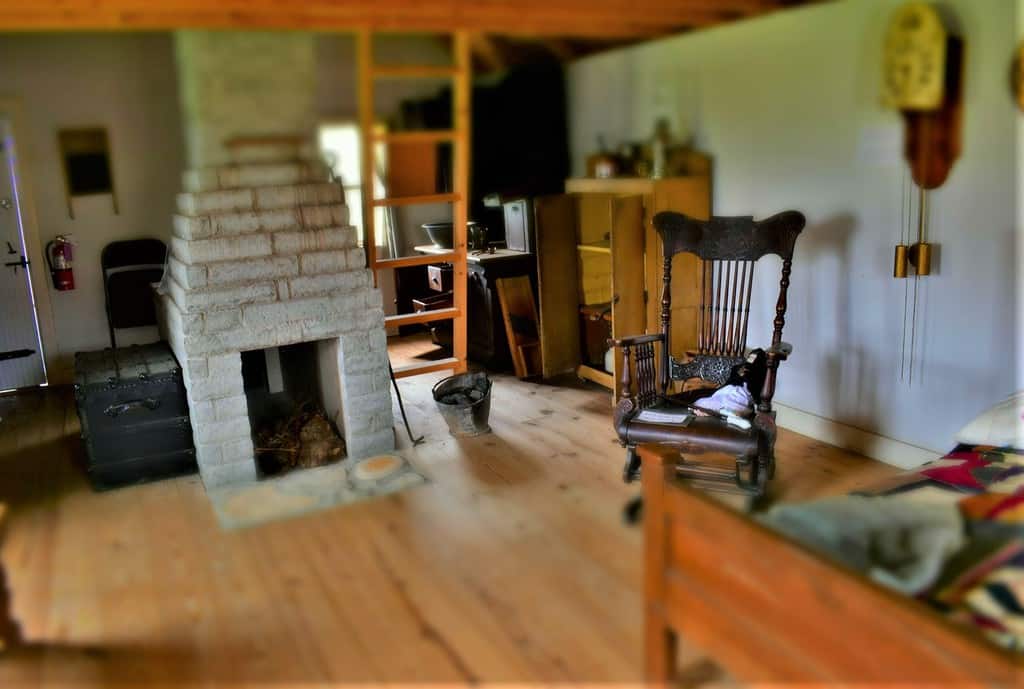When we visit a new destination, one of our goals is to learn about its unique past. Every city and town has its own stories to tell, it just requires finding the right storyteller. To learn about the early days of hays, we tapped into the knowledge of Katie Annett, from the Ellis County Historical Society Museum. Unfortunately, due to COVID, the museum was closed to the public, but Katie was more than happy to walk us through the other buildings.
We want to thank Visit Hays and Katie Annett for hosting our visit. Rest assured all opinions are our own.
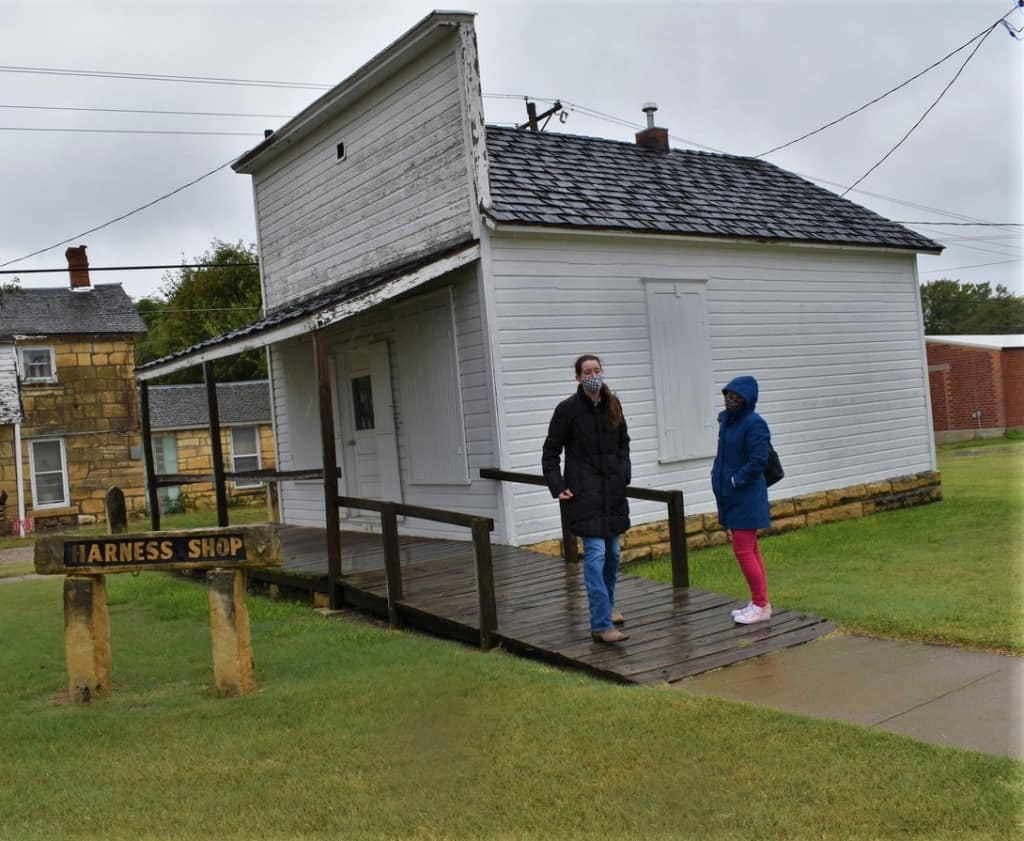
The Early Days of Hays
The original Hays City was built along the path of the railroad. In June of 1867, the Army had moved Fort Hays 15 miles to be closer to the spot that the railroad crossed a tributary of the Smoky Hill River. While just a mile down the road sat the booming town of Rome, the railroad’s decision to build a depot in Hays City gave them a nod to succeed. When a cholera epidemic struck Rome, most of the citizens and businesses relocated to the neighboring town. As a supply point for travelers heading west, Hays City quickly grew into a frontier town of questionable reputation. The early days of Hays saw some notable residents including Buffalo Bill Cody, Calamity Jane, and Wild Bill Hickok. Hays City was even home to the first Boot Hill, which was in service five years before Dodge City.
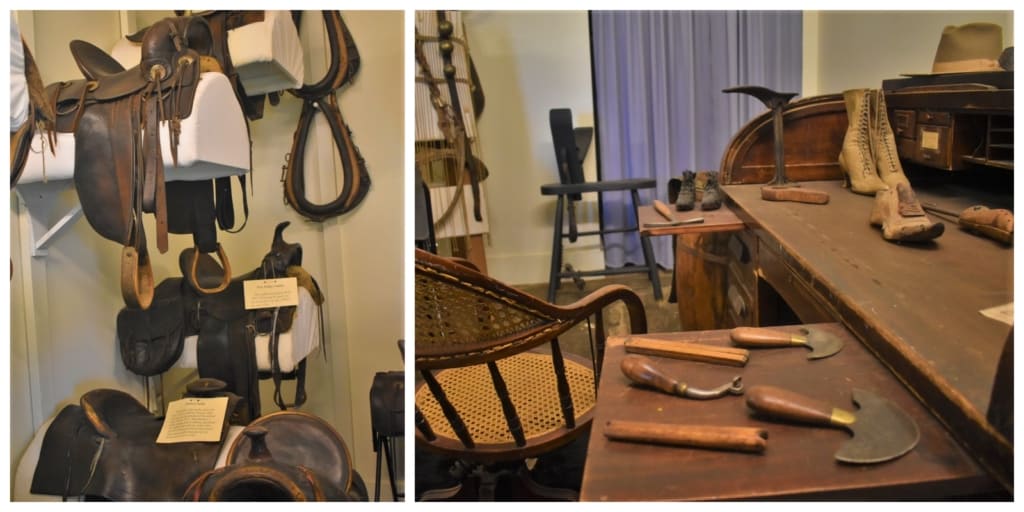
Supplying the Citizenry
Stepping into the Younger Harness Shop, we had a chance to see some of the tools of the trade. Next to the blacksmith, the harness shop was high on the “must-have” list for any growing pioneer town. Whether you were needing harnesses, yokes, saddles, or shoes, this is where you went. We are sure that this place was swamped with business when the cowboys rode into town for supplies. The Ellis County Historical Museum has a nice collection of the items that would have been commonplace in the late 1800s through the early 1900s. We were surprised to see an example of a fringed harness, which is sometimes called a “fly net”. These were used to help keep insects from pestering horses, yet you will rarely find them on display.

Early Emigrants
During the early days of Hays City, it became the county seat, and soon the rough and tumble character calmed down. By the late 1870s, a new crop of emigrants began arriving. Volga Germans, from Russia, found the land suitable for the types of crops they had grown in their homeland. The museum has a replica home that would have been the style used by German Russian families. Being from a wheat-growing belt, it was an obvious choice to raise crops of their winter wheat. By the late 1880s, Bukovina Germans also began arriving in Hays City. The growing town became a cultural center for German culture and was renamed Hays in 1895.
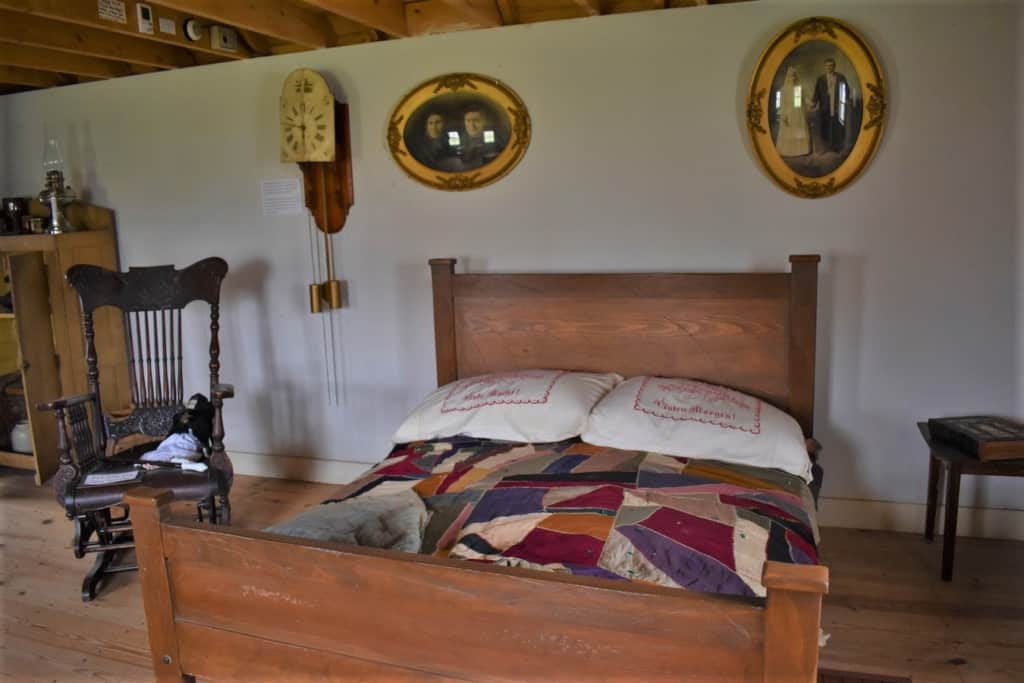
Life in One Room
Many of our historical visits take us to museums and not actual homesteads. Seeing the inside of the German house made us realize how much times have changed. The one-room structure would have held a growing pioneer family and certainly become cramped over time. I guess a newlywed couple would have found it to be more than enough, but given the larger families of that period, it would certainly have been more of a challenge in later life. Even though this was a recreation, the Ellis County Historical Society had done a good job of filling it with artifacts that were appropriate to the time period.
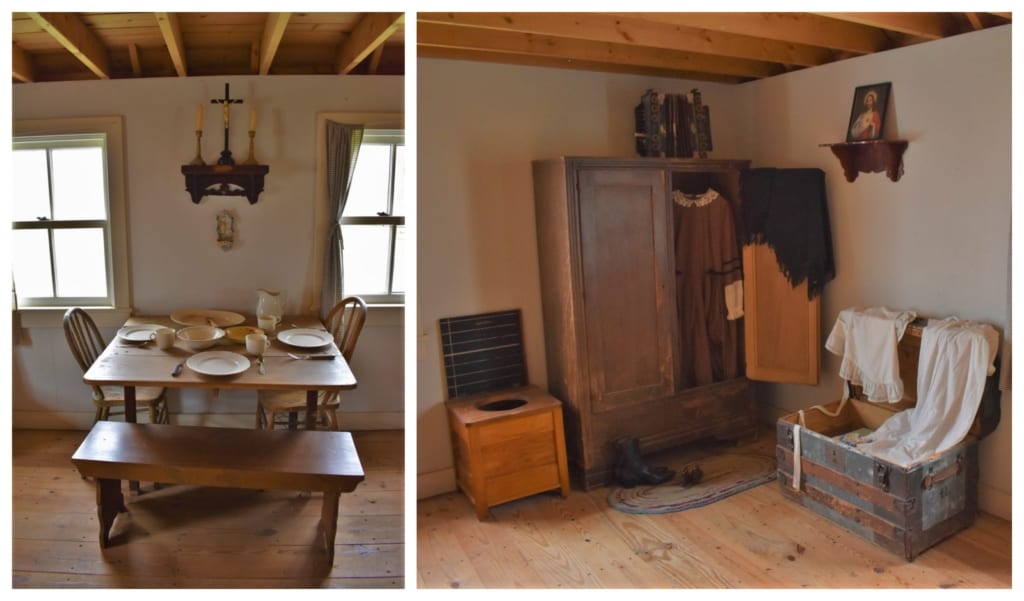
Close Quarters
Looking around the room, I started thinking about how it must have been to live in the early days of Hays. Some of the stark realities began sinking in that I had not thought of before this visit. In my youth, I had visited my grandparent’s farm, where the use of an outhouse was expected. The thought of how you handle this situation during a bitterly cold winter day had never crossed my mind. Seeing the chamber pot in the corner of the room definitely was enlightening. This must have been quite a shock, especially in the case of newlyweds.
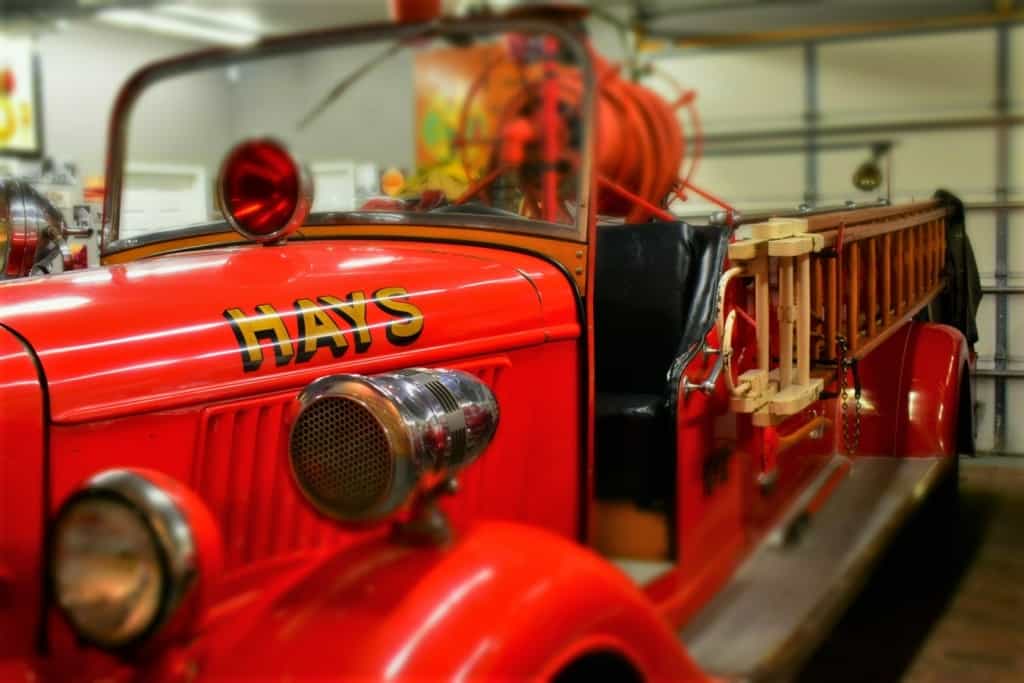
Moving Hays Forward
Now that we had a solid understanding of the early days of Hays, Katie had one more surprise for us. The Ellis County Historical Society teamed up with the Hays Firemen’s Relief Association to create the Fire Department Museum. Inside this structure, we spotted a variety of firefighting tools and assorted apparatus. They also have a pair of classic fire engines including this 1936 Ford. This was a nice addition to our tour and a great way to wrap it all up. We thanked Katie for taking the time to show us around and headed off with a better understanding of how Hays got its start.


